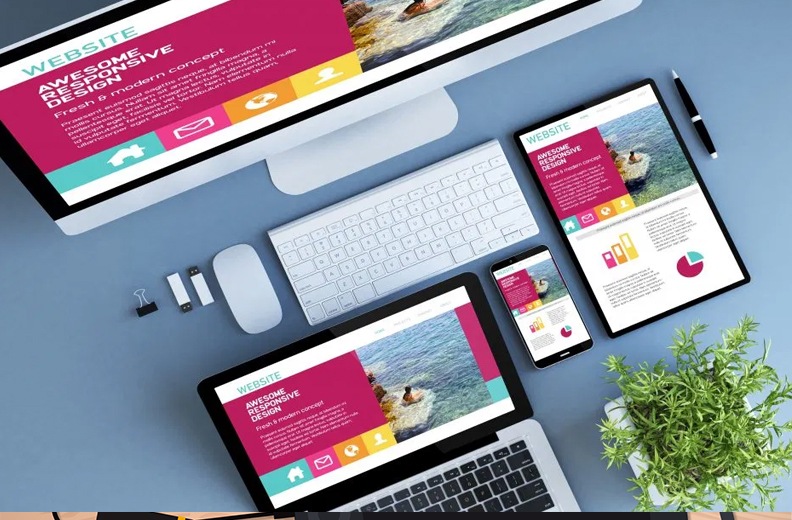- Have any questions?
- (Prasad) +91 96191 46851 | (Parag) +91 99878 20022
- support@pnpwebdesign.com
Mastering the Art of Web Page Design: A Comprehensive Guide

Unveiling the Digital Landscape: Web Development in Navi Mumbai
April 3, 2024
Decoding Web Page Design Prices: Understanding Costs and Factors
April 3, 2024Mastering the Art of Web Page Design: A Comprehensive Guide

In today’s digital age, a well-designed web page can make all the difference between capturing a visitor’s attention or losing them to a competitor. Web page design encompasses a myriad of elements, from layout and typography to color schemes and user experience. In this guide, we’ll explore the fundamentals of web page design, providing insights and tips to help you create visually stunning and user-friendly web pages that engage and delight your audience.
-
Understanding Web Page Design:

Web page design refers to the process of conceptualizing, planning, and creating the visual layout and structure of a web page. It involves combining aesthetic elements with usability principles to deliver an optimal user experience. From choosing the right color palette to selecting appropriate fonts and arranging content elements, every aspect of web page design plays a crucial role in shaping the overall look and feel of a website.
-
Key Elements of Effective Web Page Design:
a. Layout:
The layout of a web page determines the arrangement of content elements, such as text, images, and multimedia. A well-designed layout should be visually balanced, with clear hierarchies that guide users’ attention and facilitate easy navigation.
b. Typography:
Typography plays a vital role in web page design, influencing readability, accessibility, and visual appeal. Choose fonts that are legible across different devices and screen sizes, and use font sizes and styles strategically to create emphasis and hierarchy.
c. Color Scheme:
The color scheme of a web page sets the mood and reinforces brand identity. Select colors that complement each other and evoke the desired emotions, while ensuring sufficient contrast for readability and accessibility.
d. Imagery and Graphics:



High-quality images and graphics can enhance the visual appeal of a web page and communicate information more effectively. Use imagery strategically to support the content and create engaging visual experiences for users.
e. Navigation:
Intuitive navigation is essential for guiding users through a website and helping them find the information they need. Design clear and consistent navigation menus, breadcrumbs, and call-to-action buttons to streamline the user journey and reduce friction.
f. Responsive Design:
With the increasing use of mobile devices, responsive design has become imperative for website page design. Ensure that your web pages adapt seamlessly to different screen sizes and devices, providing users with a consistent experience across desktops, tablets, and smartphones.
-
Best Practices for Web Page Design:
a. Keep it Simple:
Avoid cluttering your web pages with unnecessary elements. Embrace white space and minimalist design principles to create clean and uncluttered layouts that allow content to shine.
b. Prioritize User Experience:



Put yourself in the shoes of your target audience and design with their needs and preferences in mind. Optimize loading times, streamline navigation, and make it easy for users to find what they’re looking for.
c. Test and Iterate:
Continuously test your web pages across different devices and browsers to identify any usability issues or design flaws. Gather feedback from users and iterate based on their insights to refine and improve your designs over time.
Conclusion: Web page design
In conclusion, website page design is a multifaceted discipline that requires a blend of creativity, technical expertise, and user-centric thinking. By understanding the key elements of effective website page design and adhering to best practices, you can create web pages that captivate users, enhance brand credibility, and drive conversions. Whether you’re designing a landing page, a product page, or a blog post layout, mastering the art of website page design is essential for building engaging and successful websites in today’s digital landscape.





